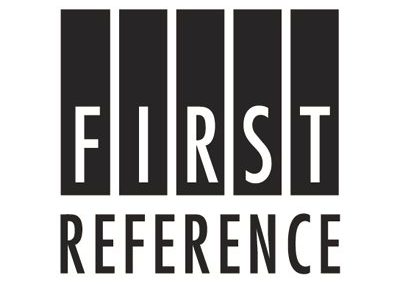In this blog, as we enter the dog days of summer, I will review five current trends and developments in Ontario’s employment laws.
1. A new sheriff is in town: The PC party has replaced the Liberal party as Ontario’s governing party
I anticipate this change in government will result in less government regulation of Ontario’s workplaces. During the election campaign, Doug Ford promised not to increase the minimum wage from $14 to $15 on Jan. 1, 2019. I will let you know in a future blog whether he keeps this promise.
In the meantime, two laws the Liberal government introduced are scheduled to take effect on July 1, 2018, and Jan. 1, 2019.
One law changes the way public holiday is calculated. Bill 148 changed the way public holiday pay was calculated, however, effective July 1, 2018, public holiday pay will once again be calculated using the formula that applied prior to the coming into force of Bill 148. In other words, the employee’s public holiday pay for a given public holiday will be equal to the total amount of regular wages earned and vacation pay payable to the employee in the four work weeks before the work week in which the public holiday occurred, divided by 20.
The second law will require an employer to provide salary information to job applicants and prohibit employers from asking job applicants about their salary history. In particular, on April 26, 2018, the Pay Transparency Act was passed. Unless Doug Ford repeals this law, on Jan. 1, 2019 all employers will be prohibited from either directly/ indirectly asking candidates about past compensation, they will be required to post a compensation rate or range for all publicly advertised job postings, and they will be prohibited from reprising against employees who make inquiries about compensation practices.
Last year, the Liberal government announced it was hiring 175 employees to make sure Ontario employers are complying with the Employment Standards Act. Many of these people have now been hired, and trained and are conducting inspections of Ontario’s workplaces. The government has stated it intends to inspect 1 in 10 Ontario workplaces each year.
For more information on how we help employers comply with the Employment Standards Act, click here.
2. Cannabis use will be legal on Oct. 17, 2018
The federal government has announced that cannabis use will be legal on Oct. 17, 2018. In the meantime, the Ontario government must decide how to regulate the sale of cannabis in Ontario. Employers need to decide whether or not to introduce or amend a drug and alcohol use policy. An employee who is impaired at work can be a health and safety problem particularly if the employee is working in a safety-sensitive position. Drug testing to address this issue is, however, an extremely controversial and complex legal issue. In fact, a number of drug testing cases have been appealed to the Supreme Court of Canada.
To assist employers with this issue, we can draft a drug use policy for a fixed fee.
3. It is increasingly difficult to predict whether the courts will enforce a termination clause
I have been writing about this issue for a number of years. Despite numerous Ontario court cases including several Court of Appeal decisions I still cannot predict with any degree of certainty whether a termination clause will be enforced. In 2017, the Court of Appeal in this case basically overturned its 2016 decision in this case on the same issue. In this 2018 decision, the Court of Appeal found that the following clause was enforceable: The Company’s policy with respect to termination is that employment may be terminated by either party with notice in writing. The notice period shall amount to one week per year of service with a minimum of four weeks or the notice required by the applicable labour legislation. Most employment lawyers including myself were surprised by this decision.
We will review and draft needed changes to your employment contract including the termination clause for a fixed fee. For more information on our employment contract service, click here.
4. Notice period for older senior managers may be trending upwards
Since 1960, Ontario judges have been applying the Bardal factors when determining the appropriate reasonable notice period in wrongful dismissal cases. The age of an employee and the employee’s position are two factors that are taken into account.
A couple of 2018 decisions suggest that Ontario judges may be increasing the notice period for older, senior, relatively short service employees. In this case, a 57-year-old general manager with 2.5 years service was awarded nine months pay in lieu of reasonable notice. In this case, a 59-year-old president with six years and eight months of service was awarded 18 months termination pay. To reduce the litigation risk associated it is a good idea to require these kinds of employees to sign an employment contract with a termination clause – if you can figure out how to draft an enforceable termination clause!
5. The cost of health & safety violations is likely going up
The Ministry of Labour investigates most “critical injuries” as that term is defined under Ontario’s Occupational Health & Safety Act (OHSA) and the Ministry often charges an employer for a violation of OHSA in connection with such an accident. Fines for relatively minor injuries often exceed $50,000. On Dec. 17, 2017, the maximum fine for a breach of OHSA increased from $500,000 to $1,500,000. The Ontario Court of Appeal has stated that deterrence and the size of an employer are two factors that trial judges should take into account when determining fines under OHSA. In the future, I, therefore, expect the Ministry of Labour will be looking for larger fines from large profitable employers when negotiating plea bargains.
We help employers comply with OHSA. For more information on our fixed fee service, click here.



















